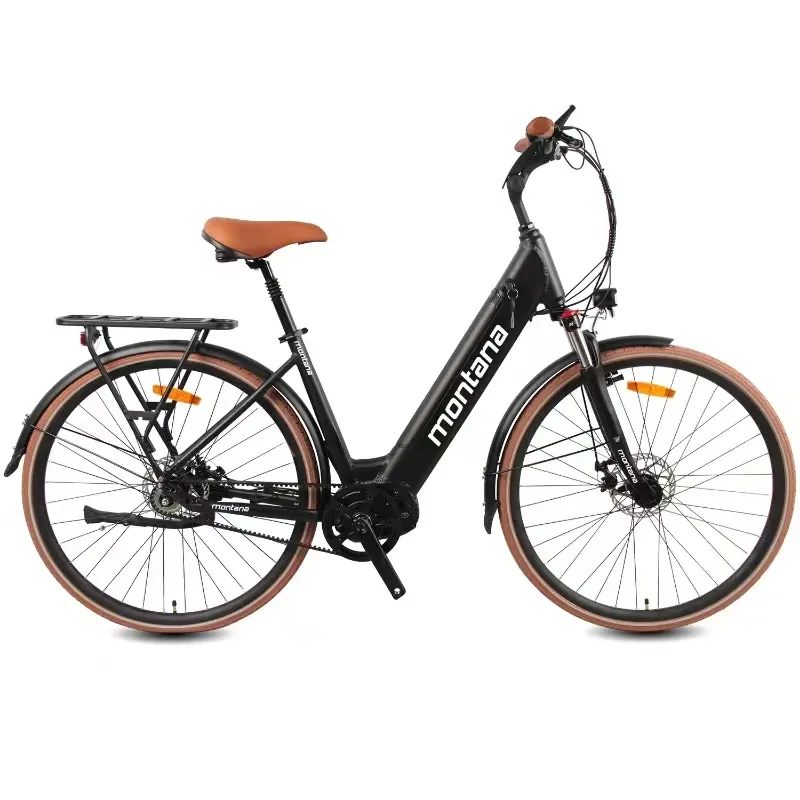Feb . 19, 2025 09:30 Back to list
27.5/29 "Color-Changing Carbon Fiber Mountain Bike 12 Variable Speed Mountain Bike Dirt Bike


To elicit authoritative views, we've consulted experts like seasoned trail guides and professional bike mechanics. Their consensus underscores that having a spare derailleur hanger during extensive rides or mountain trails is a reassuring buffer against unforeseen damage. Given that a damaged hanger can render the bike non-operational, carrying a suitable spare ensures peace of mind and quick fixes in remote terrains where immediate assistance might not be available. Trustworthiness in acquiring a replacement derailleur hanger can't be overstated. The market is rife with counterfeit products that mimic the appearance of credible brands but fail to deliver on performance. Buying hangers from verified sellers, reputable bike shops, or directly from the original equipment manufacturers (OEM) mitigates this risk, ensuring reliability when it matters most. Additionally, advancements in digital technology have ushered in various hanger models equipped with state-of-the-art features such as lightweight constructions specifically designed for electric mountain bikes or systems that allow for rapid replacement. Such innovations provide mountain bikers with choices tailored to their specific biking style and demands. In conclusion, understanding the critical role of the mountain bike derailleur hanger extends beyond its mechanical function. It's about embracing a holistic approach to biking where each component, however small, is revered and maintained to uphold overall performance and joy in the trailblazing experience. With an informed selection, regular maintenance, and a credible source, mountain enthusiasts can rest assured that their bikes perform seamlessly across terrain extremes, turning every ride into a flawless adventure.
-
In-Depth Guide to Ebike Frames: Design, Use & Future Trends
NewsNov.25,2025
-
Discover Top E Bike Brand Insights, Specs & Future Trends | Yanline Bike
NewsNov.24,2025
-
Green E Bike – The Future of Sustainable Urban Mobility
NewsNov.24,2025
-
Ruffian eBike: Durable, Efficient Electric Bikes for Modern Mobility
NewsNov.23,2025
-
Comprehensive Guide to the Global E Bike Market and Future Trends
NewsNov.23,2025
-
Understanding Electric Bicycle Range: A Complete Guide for Smarter E-Bike Use
NewsNov.22,2025
-
Ceron Electric Bike – Efficient, Sustainable Urban Mobility Solutions
NewsNov.22,2025




